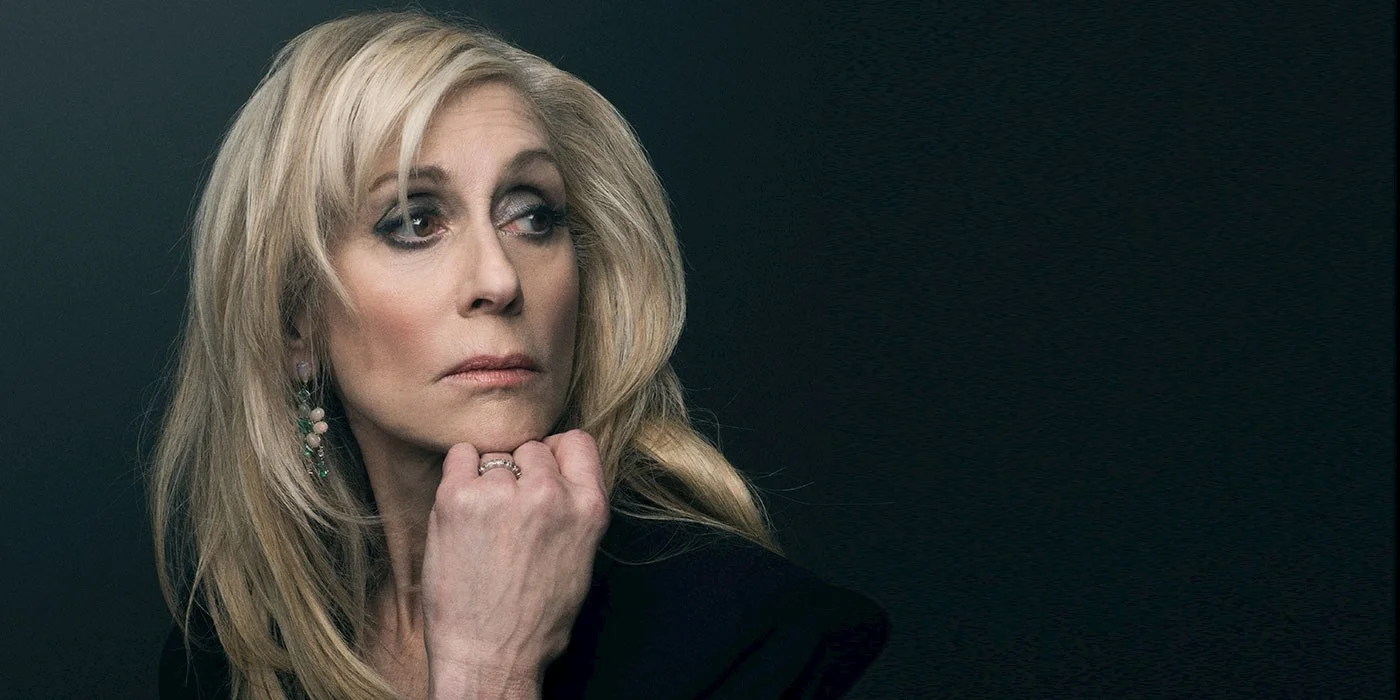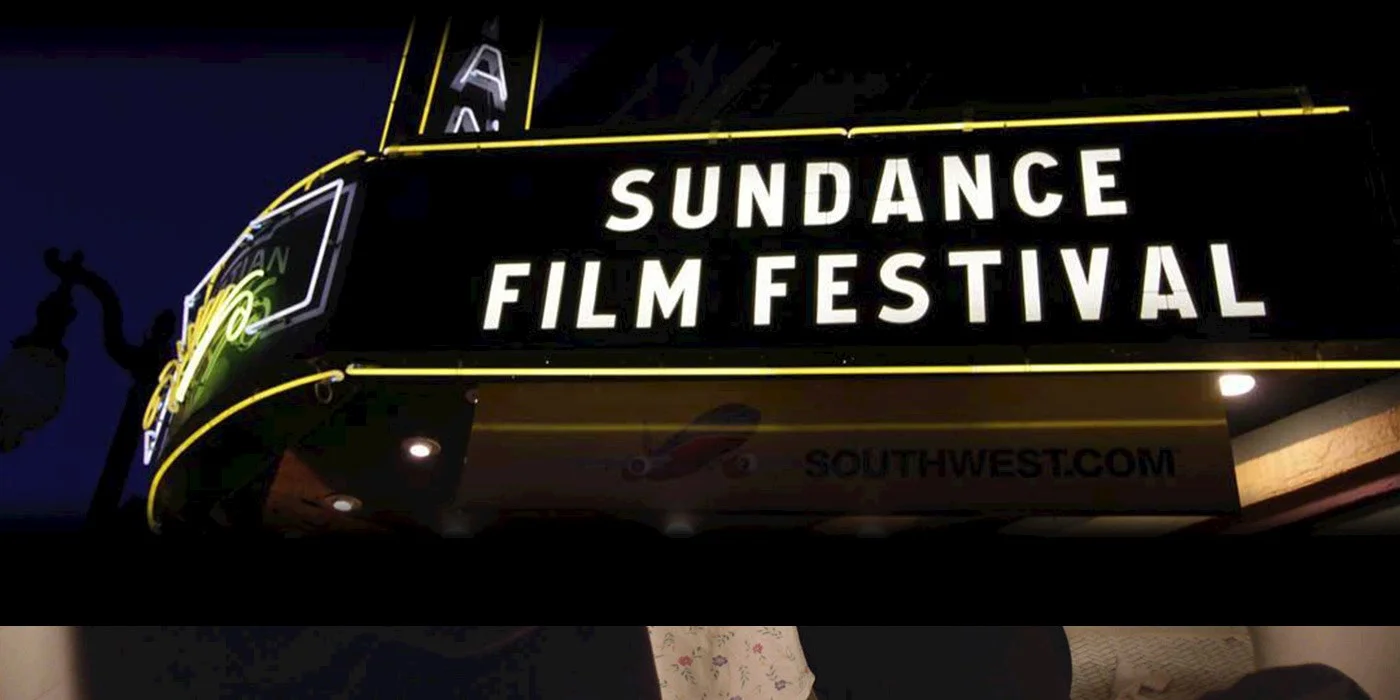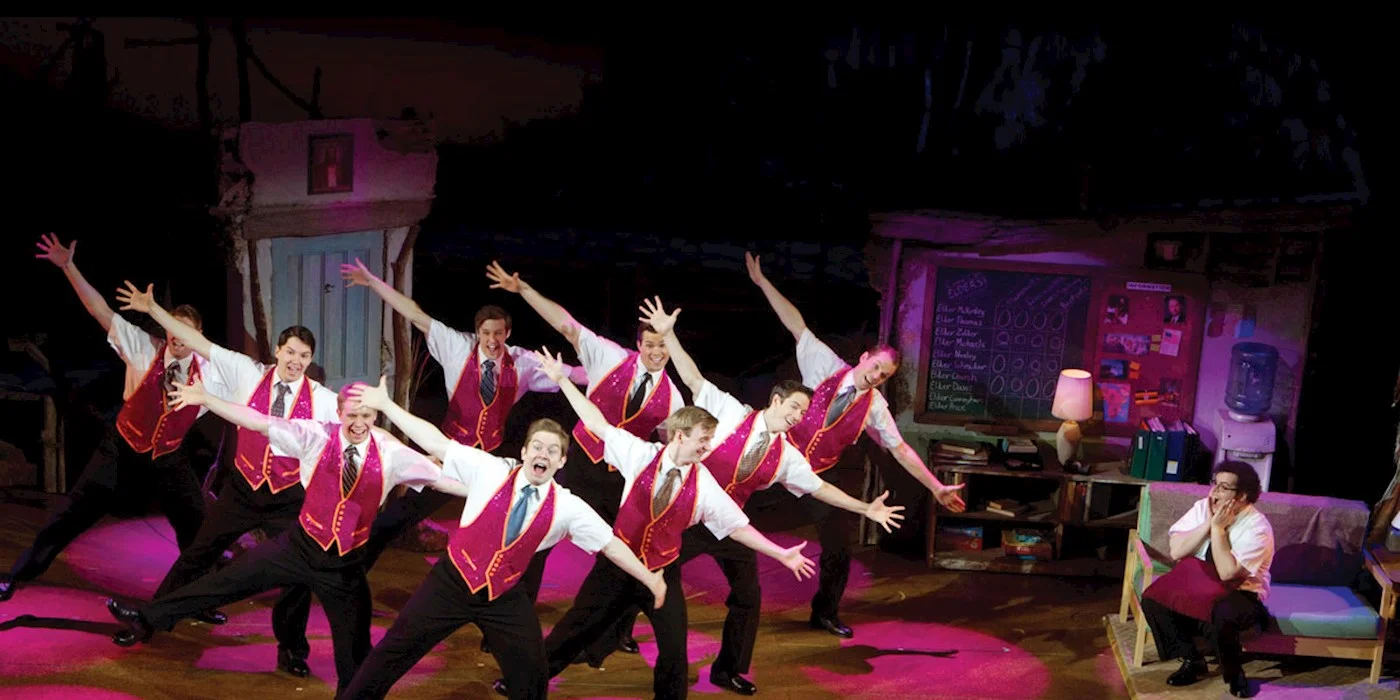The production assistants scurry around her, walkie-talkies strapped to their hips, stress pursing their lips. It wasn’t so long ago—only a few years, really—that Kourtney Kang would’ve killed to be in their shoes, happy to fetch coffee, make photocopies, be the punching bag, anything to get her foot in the door.
But this fine morning in 2004 is the biggest day so far in her young career. Kang (A’00), a scriptwriter, is on the set of the fledgling NBC sitcom The Men’s Room. She’s only minutes away from watching the episode she wrote actually come to life in front of the cameras.
She’s nervous—and she should be. It’s not her first time writing for television. But her other two shows were both cancelled before her scripts were taped. Today, she’ll finally see one of her episodes through.
As she stands on the upscale living room set, her phone rings. It’s her parents. They’ve flown in from Philadelphia to root their daughter on, and they’re just pulling their rental car up to the studio gate. Kang hangs up when she notices the executive producers walking onto the set. That’s strange, she thinks. The room hushes to a halt. Perhaps they’ve also come to wish her well?
Not so. If this moment were a carefully crafted slapstick rather than Kang’s own life, this is when she would be walking along, perhaps whistling, blithely unaware of the banana peel she is about to step on—the one that will upend her big day, the one that will again throw her career into a spin.
With the entire team assembled, the producers drop the bomb. The show’s been cancelled. They’ll film the episode, but it has almost zero chance of ever hitting the air. Somewhere in the universe, a needle scratches a record.
And if the banana peel has launched her into the air, here’s her painful pratfall. She has to tell her parents the bad news and watch the buoyant looks on their faces vanish. In a response that might prove fodder for some future script, Kang’s mother tries to take in the enormity of the news. She’s dealing, of course, not only with her own disappointment, but her worries for her daughter. It’s too much. So instead, she scans the lavish living room set, focusing on more immediately practical matters. “But what are they going to do with all of these beautiful lamps?” she asks in a bewildered tone.
“Mom, everyone here just lost their jobs,” Kang replies. “I just lost my job.”
“But, I mean … are they just going to throw them away?” her mother persists. Indeed, they even fired the lamps. Don’t worry, green friends, the lamps have most likely popped up on a few sets since then. Old props don’t die; they just fade away—at least until it’s time to brighten another scene.
For Kang, now what? She wanted so badly to work on a sitcom—having been obsessed with them since before she was old enough to truly understand their jokes. The Golden Girls and Growing Pains were her favorites, and she spent her childhood back east thinking up ways to tweak their dialogue and storylines. In fourth grade, she even took a red pen to A Charlie Brown Christmas—new scenes and all. School administrators actually discussed mounting it before copyright concerns scuttled the notion. Good grief.
Then, at age 21, to the surprise of no one, she packed her television into her two-door coupe and moved to the West Coast. She had no connections, in a land that survives on them.
She found a waitress job to support herself. Every day, she drove past Fox Studios and wondered what magic she was missing. “I was so close and, yet, miles away,” she says. By now, it was the mid-1990s. After months of knocking on locked doors, it was clear that she needed to resort to a Plan B. So, she sent her full-length play, For Real, along with her application, to a few graduate schools. A few weeks later, she received a call from the head of Carnegie Mellon’s dramatic writing program, Milan Stitt.
He was impressed with her play. They chit-chatted for a while, and after the conversation, Kang called her mom and told her she was moving back east to go to school. There was one caveat she didn’t mention. Stitt hadn’t officiallyinvited her. When they talked again the next day, her age came up.
“You know, I usually only take in older writers,” says Stitt.
Kang can’t quite remember what he said after that; she was too busy figuring out a way to keep the CMU door from slamming shut.
“Look, Milan, there’s a mother in Lansdale, Pennsylvania, who thinks that I got into Carnegie Mellon for graduate school,” she tells him. “If you’re not gonna let me in, that’s fine. But I’m not gonna tell her. I can give you her number, and you can tell her.”
Whoa.
Stitt laughed—and offered her a place in the program.
The following fall, Kang realized why age was more than just a number to Stitt. “I was the youngest person in the class by about a decade,” she remembers. “The other playwrights had been living in New York and seeing theater for years. I started so much further behind than everyone else.”
But Stitt was generous with his hard-earned pearls of wisdom. He wasn’t the smartest or the most talented in his Yale graduate class, he would tell the students, but he was the only one to get a show to Broadway: “It all comes down to who wants it, and who is willing to work.”
Kang wanted it. “Most of the time, honestly, I felt lost,” she remembers. “I completely sucked at a lot of things. But I wouldn’t let it beat me.”
As her 2000 graduation day approached, Stitt suggested she start her career in New York, believing her voice might be ripe for Broadway one day. But she couldn’t shake the feeling that the only thing waiting for her in the Big Apple was more waitressing. So she ventured out to Hollywood once more. For the first six weeks, she emailed résumé after résumé and slept on a friend’s couch. Finally, she snagged an interview for a production assistant job. Perfect, or so she thought.
“They told me I was too qualified,” she says. “I was devastated. And broke. She couldn’t even write sample scripts because she couldn’t afford to get them photocopied. She had just enough money to drive back home.
But she says her time at Carnegie Mellon taught her more than the works of Ibsen or Strindberg. It taught her the art of perseverance. “I was like one of those boxing dolls. I kept getting kicked down, but I’d just pop right back up,” she says. “After surviving that boot camp, I felt like I could do anything.”
Sticking it out paid off. She was hired as actor Michael Chiklis’ assistant on a new show. Within a few episodes, though, NBC stopped airing it. They decided to film the rest of the season’s episodes in hopes of running them at a later time, but Kang’s position was now irrelevant.
For reasons she still doesn’t understand, though, they kept her onboard. Instead of getting bored, she soaked it all in. “I would sit on the set and just watch,” she says. “The scripts would change every day, and I would try to figure out why.”
When the episodes wrapped, Kang landed another assistant job, this time in the television literature department of a Hollywood agency. It was grueling. “A lot of getting yelled at, mostly for no reason,” she says. But spending her days on the phone with studios and writers gave her a bird’s-eye view of the business.
Never losing sight of her goal to get established as a writer, she landed a spot at a sitcom. But practically before the ice melted in the punchbowl, the party was over—the show was cancelled after only a few episodes. Now, like a bad summer repeat, she is living through the same scenario again with The Men’s Room.
Is it her? Is she the reason the shows tank? Kang doesn’t go there. “I was too naïve to get discouraged,” she says.
So, when the next pilot season rolls around, Kang peruses dozens of scripts. As soon as she reads the pilot for a show called How I Met Your Mother, she’s hooked.
The sitcom follows Ted Mosby (portrayed by Josh Radnor) and his group of friends through the Manhattan dating labyrinth. It might sound like plenty of other shows, but it has an ingenious structure—it’s a flashback from the year 2030, as Ted recounts to his teenage children a convoluted tale of how he met their mother.
When Kang’s agency tells her that the show’s creators are leaning toward selecting other writers, she replies, “Keep pushing!” Sure enough, after a few of the first choices don’t pan out, she’s hired as a staff writer. “I chalked it up to sheer will,” she says.
The show debuts in 2005 to solid ratings, and Kang finally gets to see her first episode hit the air. But it’s her season two “Slap Bet” episode that cements her arrival as one of Hollywood’s freshest voices. The episode follows the quest to uncover why group member Robin (Cobie Smulders) refuses to go to malls. When Barney (Neil Patrick Harris) shows up at Robin’s apartment with a video, Robin protests: “I was really young. … It started as an innocent modeling job!”
At first, the video appears to be a cheesy porn film. Robin, in a horrendous blonde wig, asks her teacher whether there’s anything she can do to improve her bad grade. But things go in a completely unexpected direction when, rather than disrobing, she offers to sing him a song. Turns out Robin’s secret is that she spent a year touring Canadian malls as “Robin Sparkles,” a teenage pop star, and that this is the music video for her hit, “Let’s Go to the Mall!” featuring plenty of ’80s sparkle graphics and group dancing.
“Put on your jelly bracelets!/And your cool graffiti coat!/At the mall, having fun is what it’s all aboot.” (Yes, aboot. She’s Canadian, after all.)
When one character notes, “This was in the ’90s. Why does it look like 1986?” Kang’s understated humor shines. “The ’80s didn’t come to Canada until like ’93,” Kang has Robin reply.
“Slap Bet” was recently named to TV Guide’s “100 Greatest Episodes of All Time.”
Kang might’ve slipped on her share of banana peels along the way, but she says her valleys were definitely worth this peak. “I get to write something like ‘Robin has a jean jacket that is bedazzled with sparkles,’ and then get to see it come to life,” she says. “To dream up this thing in your apartment and then have an entire team to help make it happen—it’s just awesome.”
The show completed its ninth and final season this spring, a stretch of 208 shows that saw Kang rise to executive producer. In that time, the show was always among the top-rated sitcoms and was nominated for 72 awards, winning 18. To show its remarkable vitality, in 2012, seven years after its premiere, the series won the People’s Choice for Favorite Network TV Comedy.
The finale enjoyed the show’s best ratings ever—nearly 13 million viewers. But not everyone was happy. Some fans felt betrayed by the finale’s final twists. But that’s kind of how life works, isn’t it? You won’t like all of its twists and turns; some will downright stink. But no matter how hard you land, what’s important is that you get back up.
Here’s what Kang knows for sure: The longer you stay on the ground, the longer it’ll be until you get your next laugh. What she’s not exactly sure of is what lies ahead; she’s mulling over several opportunities. None involves waitressing.













